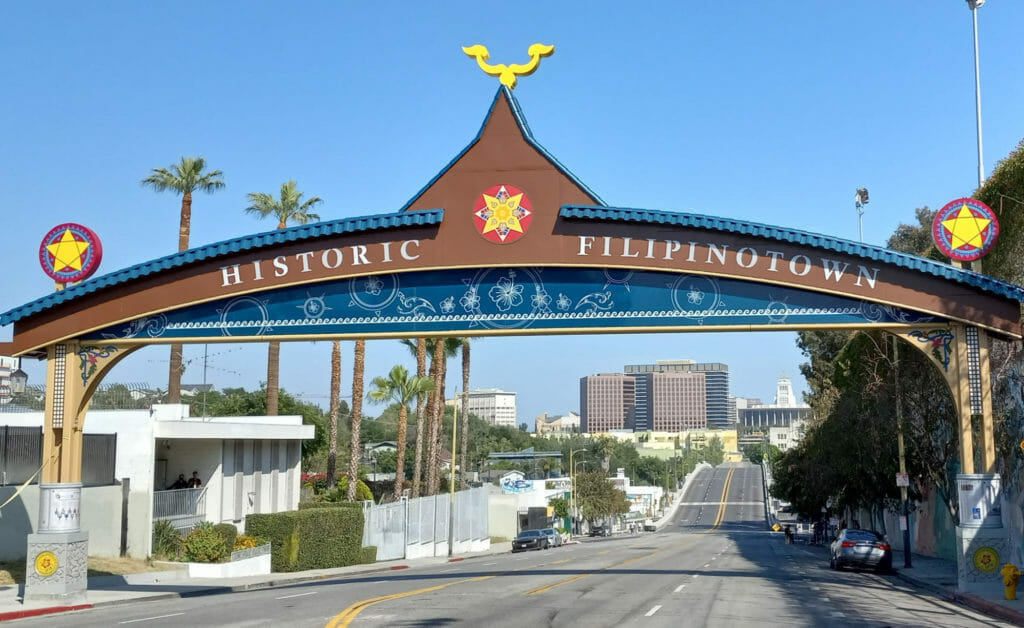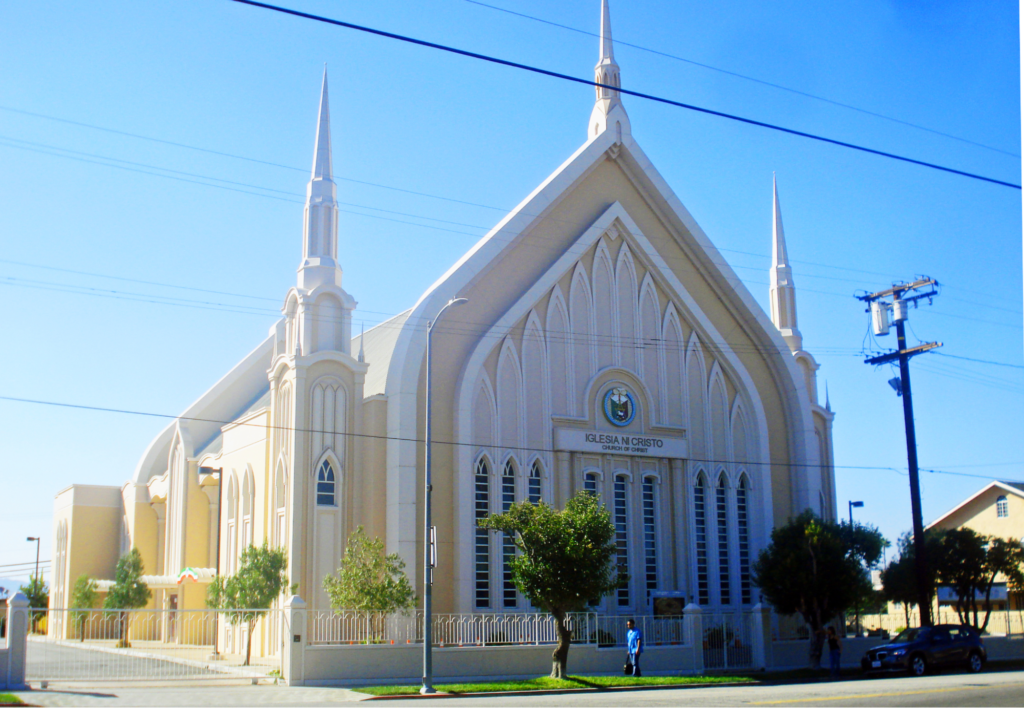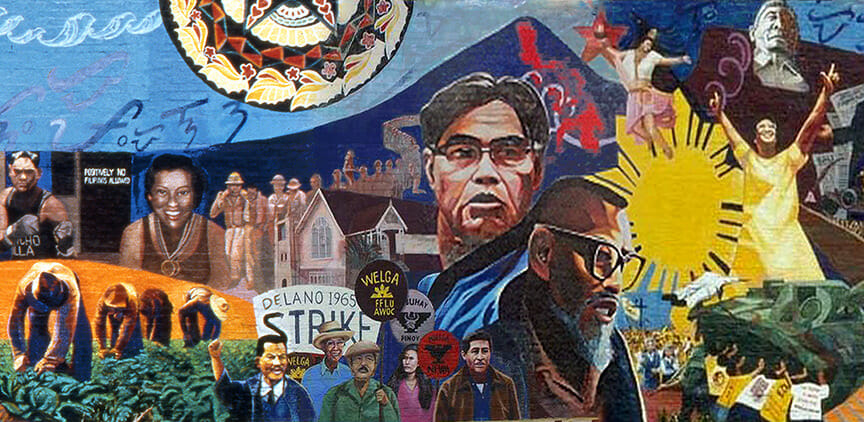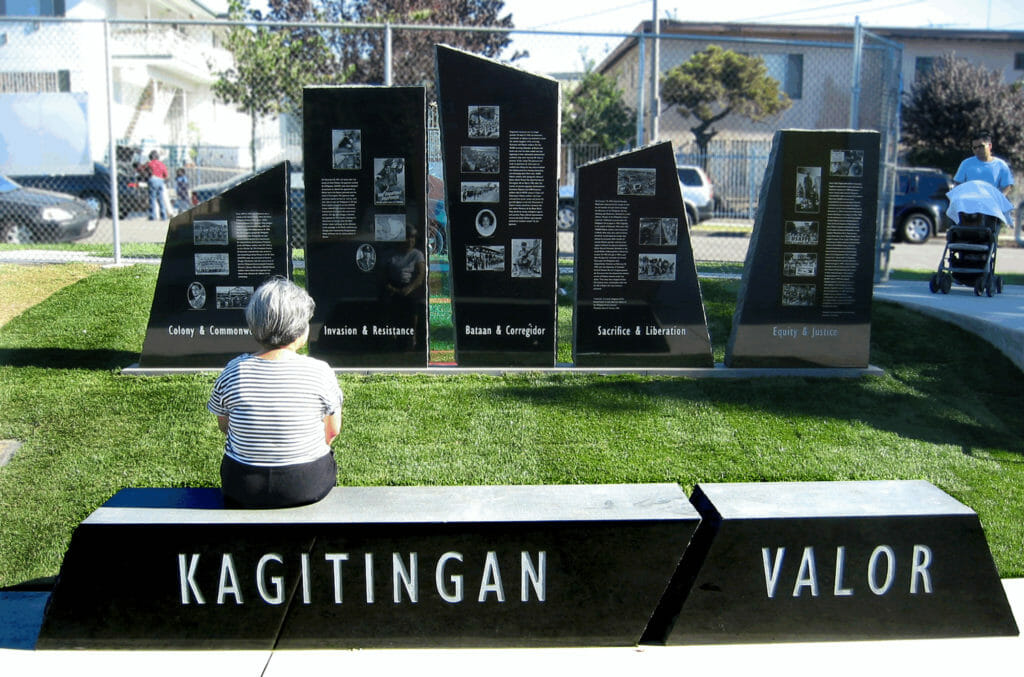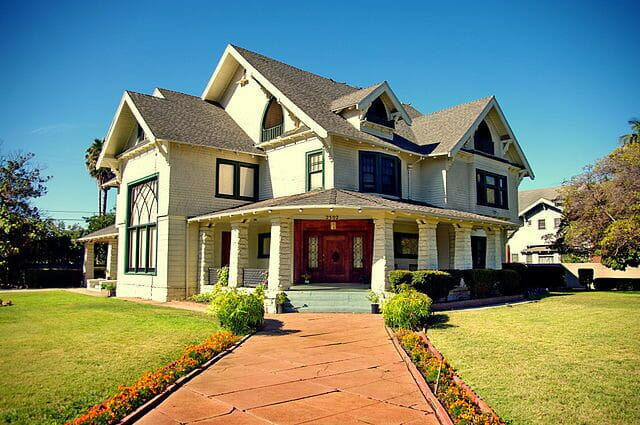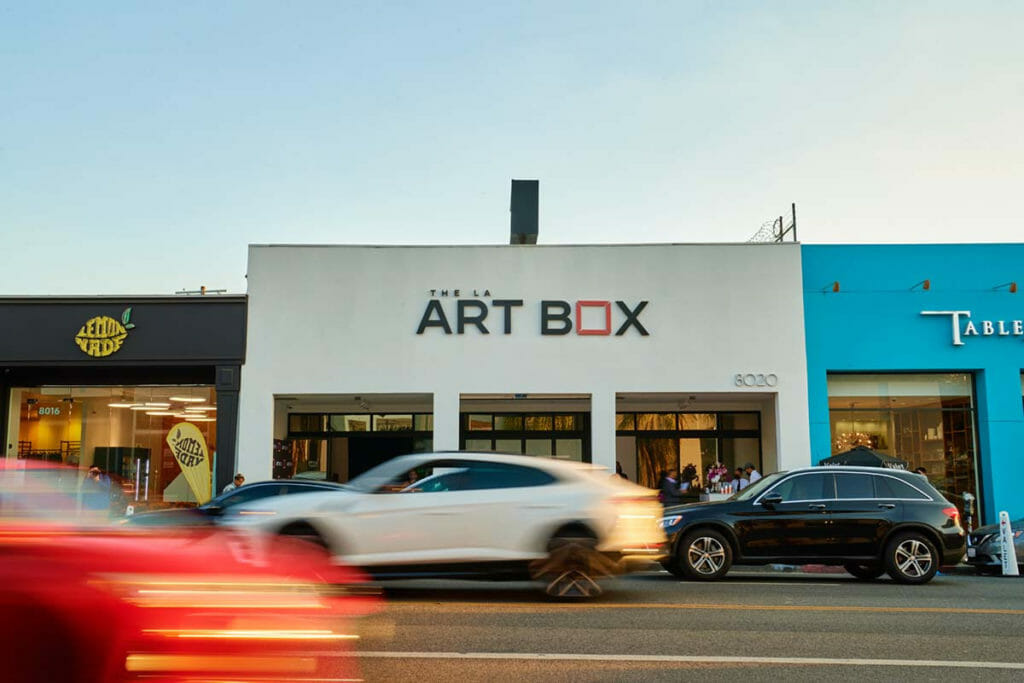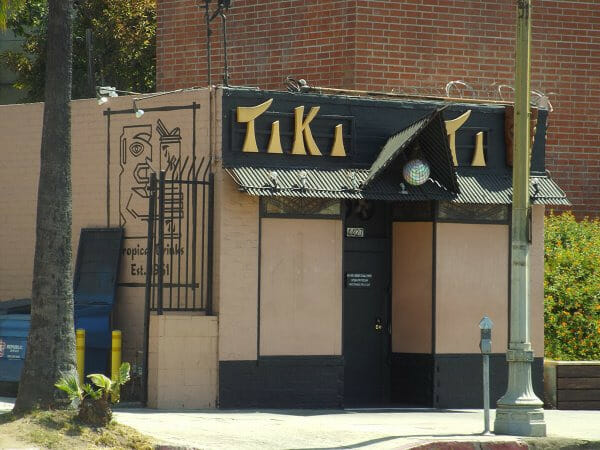Best Filipino Places in LA to Visit
Filipinos comprise the third-largest Asian-Pacific American group in the United States, with over four million people. However, this community and its legacy aren’t often found in American history books despite being in the US for many decades. Despite this, there are still many Filipino places in LA that are definitely worth visiting.
October was designated as “Filipino American History Month” by the Filipino American National Historical Society (FANHS) to help highlight its long history and contributions to the country. And in 2009, the US Senate and House resolutions recognized it.
Philippine immigrants are constantly searching for a place to fit in, somewhere we could be and experience the great American dream. As you travel around the US, here are some places in Los Angeles you can visit that are steeped in Filipino American history.
Why Visit LA During Filipino American History Month?
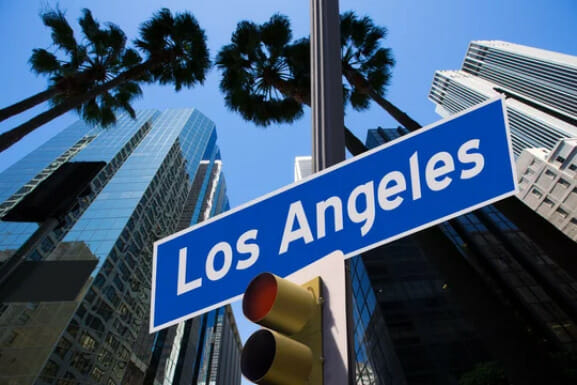
I learned about the legacies of Filipino Americans in my late 20s. How our forefathers occupied what’s now Morro Bay on the 18th of October in 1587, and how Filipino Americans also fought in the second world war, but survivors were denied benefits and recognition.
Larry Itliong and Chavez marched together in 1965 and led hundreds of farmers in the Delano Grape Strike. I also learned that we can still feel most of our history in some physical city areas.
From the memorable Filipintown Arch located on Beverly Boulevard to Hollywood’s Polynesian-themed Tiki Ti, several landmarks in Los Angeles still celebrate the ceaseless joy of being a Filipino living in America.
Visit some of these locations during Filipino History Month in October, or any other time, as bookmarked dates can never confine our stories.
I hope the list continues to expand as political leaders, Filipino artists, and dreamers continuously work hard. Also, I hope people who visit will subsequently recognize that not only a significant part of the history of America but also a substantial part of its future.
History Filipinotown Arch
1539 Beverly Blvd., Los Angeles, California 90026
A legendary bird of the people of Maranao from Mindanao (the Philippine island), Sarimanok is the center of the 82-foot-wide arch that seats over Beverly Boulevard. It welcomes people entering the historic Filipinotown. During the holidays, the bird is surrounded by lanterns in star shapes hung on windows, balconies, and doorways, and it signifies good fortune.
The arch was designed by Eliso Art Silva, a Filipino artist, and opened in May. It was formally named Talang Gabay, meaning Our Guiding Star. Silva has been painting Filipino murals over LA since the 90s, so his art identifies as Filipino American.
Filipino Christian Church
301 N Union Avenue, Los Angeles, California 90026
The Filipino Christian Church was a receiving place for Filipino immigrants who moved to LA after the Second World War. This space provided a location for safety and community to Filipinos in the 1930s, when people were not accepting Filipinos around the city.
To this date, the church still welcomes Filipinos and new migrants and serves as a place where organizations can hold meetings to elevate the Filipino American community.
The church was first situated in Little Manila on Bunker Hill, Downtown Los Angeles. Then it had to be relocated due to redevelopment projects like the 101 and 110 Freeways.
Unidad Park Mural “Gintong Kasaysayan Gintong Pamana”
1644 Beverly Blvd., Los Angeles, California 90026
The biggest Filipino American mural in the US, the symbolism of the artwork is a masterpiece painted by Silva. Cesar Chavez and Larry Itliong look over Filipinotown’s Unidad Park at the mural’s center.
The figure of Itliong is placed beside the bright philippine sun, showing his legacy in the history of America, though Chavez blocked out activism for years. Right above the head of Itliong lays a cultural and spiritual leader and a babaylan painted holding a lamp as diwata.
Filipino World World II Monument
227 N Lake Street, Los Angeles, California 90026
This monument tells a story. Five massive black granite slabs are erected around the gated park on North Lake Street. The slabs are lettered, and they spell out “Valor.” inscribed on each slab is a chapter from the history of Filipino Americans, beginning with the colonization of the Philipines in the United States and ending the fight for honor and recognition.
The monument was designed by Cheri Gaulke and showed a Faustino Baclig quote. Right next to the map of the Philippines on the slab’s center, it is written, “Bataan was not our battlefield. We are still fighting for equity.”
After the second world war, when Filipinos came back home, Congress pulled out on the promises of President Franklin D. Roosevelt. Many Filipinos were denied veteran benefits even as they fought in the United States army.
A veteran from World War II, Apifannia Beltran, spoke to Time magazine after erecting the monument: “I am so touched. It has been a long time.”
Moncado Mansion
2302 W 25th Street, Los Angeles, California 90018
The Moncado Mansion seats at the intersection of a small area designed for historical culture. This home has a Queen Anne style with intricate wood details. Auguste Rudolph Marquis originally owned the home, built in 1904.
In the 1940s, this property was purchased by the Filipino Federation of America (FFA), and until 1946, Hilario C. Moncado (FFA founder) worked and lived there. Till today FFA owns this property.
Most people might recognize the exterior of this property. You may recognize it from the HBO series, Six Feet Under, used as “Fisher and Sons funeral home.”
The LA Artbox
8020 Melrose Ave., Los Angeles, California 90046
The LA Artbox was the first gallery owned by Filipinos on Melrose Avenue. It was founded by Bernie Bernardo and was built as a platform for Filipino Americans and the Black communities.
The LA Artbox was inspired by Bernie’s son, who felt a deep disconnect from his Filipino origin. Bernie then designed this structure as a platform where artists and viewers could discover their local communities together and simultaneously challenge race, class structures, and gender.
Belonging – A Filipino American Art and Culture Experience – was among one the first exhibitions I was a part of. The event was a successful combination of three Filipino American generations. Francis Gum, the multidisciplinary artist, was featured in this event. He juxtaposed his reminiscence for the United States and the Philippines.
Ryan Jordan was also featured in this event. His work showed his journey personally, creating work as a Filipino and queer artist.
Tiki Ti
4427 Sunset Blvd., Los Angeles, California 90027
Tiki Ti is one of Los Angeles’s most famous dive bars. It is a 50-foot x 27-foot cabin located on Sunset Boulevard. The story of Tiki Ti starts with a Philippine immigrant Ray Buhen. Buhen has worked with iconic joints such as Don the Beachcomber and decided to open his bar as Polynesian culture took over Southern Califonia.
He opened Tiki-Ti in 1961 and was famously known as the best mixologist in Los Angeles.
Memorabilia collected for over 60 years are decorated all over the interior of this local bar. You would also find Christmas lights, blowfish lanterns, and license plates used as decorations in Tiki Ti. the bar shelf is filled with ceramic tiki mugs.
Conclusion
Whether there’s an official marker or not, Filipino American history can be seen everywhere. Some Filipino communities have rich histories in many places across the US, such as Alaska, Hawaii, New Jersey, San Diego, Washington DC, Houston, Chicago, Orlando, and others. This is why we’ve compiled this list of Filipino places in LA to visit.
There are even more places celebrating the contributions of Filipinos with historical markers. Whether in or outside LA, you’ll find that many major cities in the US hold a critical place in Filipino American History.

